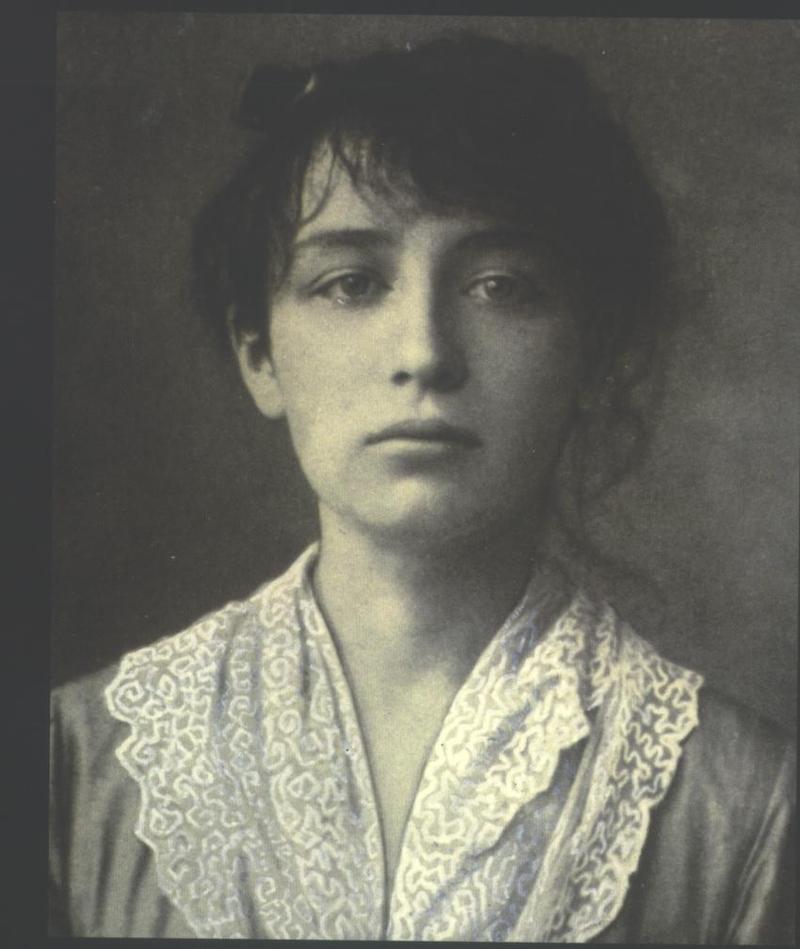
Throughout history, women (mostly) have modeled for male (mostly) artists. This has often worked out swimmingly for the men, whose paintings or sculptures might become famous — but not so well for the women.
In the best-case scenario, the women are lauded for their beauty (think of Leonardo's Mona Lisa or Vermeer's Girl with a Pearl Earring ) but we know nothing, or very little, about who they were and what their lives were like. In the worst case, the models are mistreated by the artist while they're working together, and when they're dropped (because the artist is bored, or moving on to another subject) they're institutionalized or commit suicide.
This is the subject of a Off-Broadway one-woman show I reviewed recently, The Human Fruit Bowl, which explores what happened to Renée Monchaty, the muse of post-impressionist artist Pierre Bonnard. Did she kill herself in a bathtub? Or some other way? And when, exactly? In the photo below, Monchaty is at the table and Bonnard's wife, Marthe Bonnard, is on the far right, glaring at her.
Art critic Deborah Solomon joined me for the play and she said she was not surprised by it. "It's another tragic story of an artist's relationship with his forgotten model," she said. Being dropped by an artist is a terrible way to exit a relationship — because you're losing not only the person but the luxury of his gaze."
Some examples, she said, are Camile Claudel, who posed for French sculptor Auguste Rodin and had to be institutionalized after he dropped her, Dora Maar, who posed for Spanish artist Pablo Picasso, and Billy Payne, who was painted by American artist Norman Rockwell.
QUESTION: Would you be willing to be an artist's muse? Why? Or why not? Answer in the comments.

Pierre Bonnard, Young Women in the Garden (Renee Monchaty and Marthe Bonnard). Private collection. (Robert Lorenzson, Atrists Rights Society (ARS), Courtesy Met Museum)

Billy Payne posed for all three boys in this Norman Rockwell magazine cover, "Boy with Baby Carriage," 1916. (Public domain)
